The National Pork Producers Council (NPPC) supports federal dietary guidelines and its goals of reducing obesity and encouraging the consumption of nutrient-rich foods and increasing physical activity
February 1, 2011

The National Pork Producers Council (NPPC) supports federal dietary guidelines and its goals of reducing obesity and encouraging the consumption of nutrient-rich foods and increasing physical activity.
NPPC points out that many cuts of pork are lean, nutrient-dense sources of protein.
NPPC recognizes the importance of the 2010 Dietary Guidelines for food policy and nutrition guidance; the guidelines were issued Jan. 31 by the U.S. Department of Agriculture (USDA) and Health and Human Services.
“NPPC agrees with the guidelines’ call for eating nutrient-dense foods, and many cuts of lean pork, including tenderloin and loin chops, contain quality nutrients,” says NPPC President Sam Carney, a pork producer from Adair, IA.
Lean meats provide heme iron, potassium and vitamin B-12, nutrients often lacking in Americans and not found in plant-based foods. On average, Americans’ 2,000 calorie-a-day diet includes 5.3 ounces of meat or meat equivalents. The USDA Food Pyramid calls for two to three servings of 2- to 3-ounce portions of meat, poultry or fish, equaling 4 to 9 ounces a day.
“The solution to the obesity problem is not a shift from animal-based foods to plant-based ones, but rather a shift from nutrient-poor foods to nutrient-rich foods, emphasizing the consumption of lean meats, including pork, along with vegetables, nuts and beans,” Carney says.
The National Pork Board recently became a My Pyramid partner and plans to work with the Agriculture Department to help educate Americans in choosing, preparing and eating healthy food options.
You May Also Like



